RESEARCH FINDINGS #45:
|
|||||||||||||||||||||||||
| November 2019 | |||||||||||||||||||||||||
| Asako S. Moriya, PhD and G. Edward Miller, PhD |
|||||||||||||||||||||||||
Highlights
|
|||||||||||||||||||||||||
IntroductionExamining patterns of use of outpatient prescribed opioids can contribute to efforts to make appropriate use of these drugs in the treatment of acute and chronic pain. The number of outpatient prescription fills acquired during the year is a common metric to compare levels of opioid use across individuals.1 Fills, however, vary in terms of which opioid is prescribed, the quantity of pills or other units (e.g., patches) dispensed, and the strength (e.g., milligrams or micrograms) per unit. Morphine milligram equivalents (MMEs) provide a useful measure that combines all of these dimensions in a single, standardized measure of the potency of each fill. MMEs can also be summed across fills to calculate total annual MMEs for each individual.This Research Findings report presents estimates from the 2015 and 2016 Medical Expenditure Panel Survey Household Component (MEPS-HC) of average annual MMEs of outpatient prescription opioids acquired by adults (age 18 and older) in the U.S. civilian noninstitutionalized population. We include all opioid medications that are commonly used to treat pain, but exclude respiratory agents, antitussives, and drugs commonly used in Medication Assisted Treatment. Only prescription fills purchased or obtained in an outpatient setting are included in these estimates. Prescription medicines administered in an inpatient setting or in a clinic or physician's office are excluded. We present estimates for all non-elderly adults (ages 18–64) and all elderly adults (age 65 and older) and for subgroups of each adult population defined by demographic, socioeconomic, health, and geographic characteristics. We present three types of estimates. First, we present an estimate of average annual MMEs for each subgroup. These estimates include individuals with no opioid use during the year, so differences across subgroups reflect differences in the probability of any opioid use, as well as levels of use conditional on any use. Second, we present estimates of each subgroup's share of the non-elderly (or elderly) adult population and third, we present each subgroup's share of total MMEs. These estimates allow us to identify subgroups with disproportionately high, or low, shares of opioid use and provide information on the concentration of opioid use in the non-elderly and elderly adult populations. All differences mentioned in the text are significant at the p<.05 level, or better.2 |
|||||||||||||||||||||||||
FindingsDemographic characteristicsOverall and by sex Overall in 2015–2016, the 197.6 million non-elderly adults (ages 18–64) in the U.S. civilian noninstitutionalized population obtained an annual average of 376 MMEs of outpatient prescription opioids commonly used to treat chronic and acute pain (figure 1a). There was no significant difference in average annual MMEs between men and women. The 50.5 million elderly adults (age 65 and older) in the U.S. civilian noninstitutionalized population acquired an annual average of 774 MMEs of outpatient opioids (figure 1b) with no significant difference in average annual MMEs between men and women. Age Among non-elderly adults in 2015–2016, average annual MMEs increased in a step-by-step fashion across age categories from ages 18–26 (49 MMEs), to ages 27–34 (128), to ages 35–44 (321), to ages 45–54 (524), and finally to ages 55–64 (794) (figure 2a). Together, the two oldest age categories, 45–54 and 55–64, comprised a little more than two-fifths (42.5 percent) of the non-elderly adult population, but acquired nearly three-quarters (74.3 percent) of total MMEs. Conversely, the two youngest age categories, 18–26 and 27–34, comprised 37.2 percent of the population but obtained only 8.5 percent of total MMEs. There were no significant differences in average annual MMEs among elderly adults age 65–74, 75–84, and 85 and older (figure 2b). Race/Ethnicity Among non-elderly adults, non-Hispanic whites (490) acquired more MMEs of outpatient prescription opioids, on average, than any other racial-ethnic group (figure 3a). Non-Hispanic blacks (327) had higher average annual MMEs than Hispanics (135) and persons of other racial-ethnic groups (170). As a result, the share of total opioids acquired by non-Hispanic whites (78.5 percent), was significantly larger than their population share (60.3 percent). Conversely, the share of opioids obtained by Hispanics and persons of other racial-ethnic groups (6.4 and 4.3 percent, respectively) was smaller than their respective shares of the non-elderly adult population (17.8 and 9.4 percent). In 2015–2016, elderly non-Hispanic whites obtained more MMEs, on average, than Hispanics and persons of other racial-ethnic groups (figure 3b). The share of total MMEs obtained by non-Hispanic whites (83.0 percent) was larger than their share of the population (76.3 percent) while MME shares were smaller than the population shares for Hispanics (5.1 versus 8.2 percent) and persons of other racial-ethnic groups (3.3 versus 6.6 percent) (figure 3b). Marital status There were no significant differences by marital status in average annual MMEs of outpatient opioids acquired by non-elderly adults in 2015–2016 (figure 4a). Among elderly adults, those who were not married had higher average annual MMEs (979) and obtained a share of total MMEs (55.2 percent) that was larger than their share of the population (43.6 percent) (figure 4b). Married elderly adults had lower average annual MMEs (615) and obtained a share of total MMEs (44.8 percent) that was lower than their share of the population (56.4 percent). Socioeconomic status Poverty status Among non-elderly adults in 2015–2016, average annual MMEs were highest for those with family incomes below the federal poverty line (895) and fell as levels of income increased to low income (600), middle income (304), and high income (206) (figure 5a). Accordingly, shares of total MMEs were larger than population shares for those with lower incomes (28.2 versus 11.9 percent and 24.5 versus 15.4 percent, respectively, for poor and low income non-elderly adults). MME shares were smaller than population shares for those with higher incomes (23.3 versus 28.9 percent and 24.0 versus 43.9 percent, respectively, for middle and high-income non-elderly adults). Among elderly adults, those with high incomes had lower average annual MMEs (477) than those who were poor (1,000), low income (1,221), or middle income (785) (figure 5b). High-income elderly adults comprised 41.2 percent of the population and acquired about one-quarter (25.4 percent) of total MMEs, while those who were low income comprised 21.9 percent of the population and acquired a little more than one-third (34.6 percent) of total MMEs. Insurance coverage This report uses four mutually exclusive categories of insurance for non-elderly adults: any private insurance, public coverage due to a disability ("public disability-related"), public coverage based on other factors ("public other"), and uninsured. In 2015–2016, non-elderly adults with public disability-related coverage had average annual MMEs (3,755) that were about 7 to 24 times higher than the average for the other insurance groups. As a result, non-elderly adults with public disability-related coverage accounted for a share of total MMEs (39 percent) that was about 10 times their share of the population (3.9 percent) (figure 6a). Those with public other coverage (508) had higher average MMEs than the privately insured (211) and the uninsured (155). The privately insured comprised almost three-quarters (73.5 percent) of the population, but accounted for only 41.1 percent of total MMEs, and the uninsured comprised 11.3 percent of the population but accounted for only 4.7 percent of total MMEs. Among elderly adults in 2015–2016, those with Medicare and other public coverage had higher average annual MMEs than those with Medicare and private coverage (1,188 versus 672) (figure 6b). Those with Medicare and other public coverage comprised 11.1 percent of the population and obtained 16.8 percent of total MMEs, while those with Medicare and private coverage comprised 54.6 percent of the population and obtained 46.7 percent of total MMEs. Employment status In 2015–2016, among non-elderly adults, those who were not employed had average annual MMEs (1,134) that were about 9 times the average for those who were employed (120) (figure 7a). Those who were not employed comprised about one-quarter (25.3 percent) of the non-elderly adult population and obtained about three-quarters (76.2 percent) of total MMEs. The situation was reversed for non-elderly adults who were employed as they comprised about three-quarters of the population (74.7 percent) and obtained a little less than one-quarter (23.8 percent) of total MMEs. Among elderly adults, those who were not employed had higher average annual MMEs, comprised 81.3 percent of the population, and acquired 91.9 percent of total MMEs (figure 7b). Those who were employed had lower average annual MMEs, comprised 18.7 percent of the population, and acquired 8.1 percent of MMEs. Education In 2015–2016, non-elderly adults with a high-school diploma had higher average annual MMEs (481) than those with at least some college (299) (figure 8a). The share of MMEs was larger than the population share for those with a high-school diploma (37.6 versus 29.3 percent) while the share of MMEs was smaller than the population share for those with some college (45.7 versus 57.4 percent). There were no significant differences by level of education in average annual MMEs of outpatient opioids obtained by elderly adults in 2015–2016 (figure 8b). Health status Perceived health status In 2015–2016, average MMEs obtained by non-elderly adults increased in a step-by-step fashion as health status declined from excellent (35), to very good (96), to good (378), to fair (1,591), and finally to poor (3,865) (figure 9a). Together, individuals in fair and poor health accounted for a little more than three-fifths (61.4 percent) of total MMEs, but comprised only 11.1 percent of the population. Conversely, non-elderly adults in very good and excellent health comprised a little more than three-fifths (61.7 percent) of the population, but accounted for only 11.3 percent of total MMEs. Among elderly adults in 2015–2016, there was no significant difference in average annual MMEs between those reporting excellent (150) and very good (236) health, but MMEs increased dramatically as perceived health status declined to good (731), to fair (1,639), and finally to poor (3,309) (figure 9b). Together, elderly adults in very good and excellent health comprised almost half (47.7 percent) of the population and obtained only 12.6 percent of total MMEs, while those in fair and poor health comprised a little more than one-fifth (21.3 percent) of the population and obtained almost three-fifths (58.2 percent) of total MMEs. Perceived mental health status Among non-elderly adults in 2015–2016, those in poor (2,351) and fair (1,758) mental health had the highest average annual MMEs, and use declined as mental health status improved from good (558), to very good (195), to excellent (131) (figure 10a). Together, those in fair and poor mental health comprised 7.0 percent of the non-elderly adult population, but accounted for about one-third (34.8 percent) of total MMEs. Conversely, those in very good or excellent health comprised more than two-thirds (68.7 percent) of the population and obtained 29.0 percent of total MMEs. Among elderly adults in 2015–2016, those in excellent (344) and very good (422) mental health had the lowest average annual MMEs, and average MMEs increased as mental health status declined from good (1,056), to fair (1,547), to poor (3,035) (figure 10b). The share of total MMEs was larger than the population share for those in poor (14.3 versus 3.7 percent), fair (17.8 versus 8.9 percent), and good (39.1 versus 28.8 percent) mental health. Conversely, the share of total MMEs acquired by those in excellent (12.8 percent) and very good (16.0 percent) mental health was smaller than their respective shares of the elderly population (29.0 and 29.5 percent). Geography Census region Among non-elderly adults, there were no significant differences in 2015–2016 in average annual MMEs by Census region (figure 11a). Accordingly, MME shares were similar to population shares in each region. In 2015–2016, elderly adults living in the Northeast Census region had lower average annual MMEs (392) than those living in the Midwest (828), South (878), and West (871) (figure 11b). Those living in the Northeast comprised a share of the elderly population (18.8 percent) that was almost twice as large as their share of total MMEs (9.5 percent). Metropolitan Statistical Area (MSA) status Among non-elderly adults in 2015–2016, average annual MMEs were more than twice as high for those living in non-MSAs (683) as for those living in MSAs (330) (figure 12a). Non-elderly adults living in non-MSAs comprised 13.2 percent of population and accounted for about one-quarter (24.0 percent) of total MMEs while those living in MSAs comprised 86.8 percent of the population and accounted for about three-quarters (76.0 percent) of total MMEs. Similarly, average annual MMEs in 2015–2016, were nearly twice as high for elderly adults living in non-MSAs (1,259) than for those living in MSAs (670) (figure 12b). Elderly adults living in non-MSAs comprised 17.6 percent of the population and acquired 28.6 percent of total MMEs, while those living in MSAs comprised 82.4 percent of the population and acquired 71.4 percent of MMEs. | |||||||||||||||||||||||||
Data SourceThis Research Findings report uses pooled data from the 2015 and 2016 MEPS Full-Year Consolidated Data Files (HC-181 and HC-192) and non-public versions of the 2015 and 2016 Prescribed Medicines Files (HC-178A and HC-188A). |
|||||||||||||||||||||||||
DefinitionsOpioidsIn this Research Findings report, we calculate average annual MMEs for outpatient prescription opioids that are commonly used to treat pain. These opioids are identified using generic drug names for narcotic analgesics and narcotic analgesic combinations in the Multum Lexicon database from Cerner Multum, Inc. We identify slightly more opioids commonly used for pain than one would find in the MEPS public use files due to methods used to preserve the confidentiality of sample members. Opioids that are excluded from our analysis include respiratory agents, antitussives, and drugs commonly used in Medication Assisted Treatment. Because of methodological and definitional differences, MEPS estimates of opioid use, and of total MMEs acquired, may differ from estimates based on other data sources. The MEPS includes only prescribed drugs purchased in outpatient settings. Prescription medicines administered in an inpatient setting or in a clinic or physician's office are excluded. MEPS data are household reported, and one respondent reports for the entire household. MEPS uses computer assisted personal interviewing, and questions are asked using a recall period of 3 to 6 months. Finally, this Research Findings report examines opioid use among non-elderly adults (ages 18–64) and elderly adults (age 65 and older). Average annual MMEs MMEs for each prescription fill are calculated using this formula: (number of units) x (strength per unit) x (MME conversion factor), where strength per unit is given in milligrams or micrograms and the MME conversion factor relates the potency of 1 milligram of each opioid to one milligram of morphine. Note that the MME conversion factor is intended only for analytic purposes and does not constitute clinical guidance or recommendations for moving patients from one opioid to another. (For additional information on MMEs, including a list of conversion factors, see https://www.cms.gov/Medicare/Prescription-Drug-Coverage/PrescriptionDrugCovContra/Downloads/Oral-MME-CFs-vFeb-2018.pdf). After calculating total MMEs for each prescription, we sum total MMEs for each person-year observation. We calculate average annual MMEs including individuals with no opioid use (i.e., 0 MMEs). Share of total MMEs The share of total MMEs for a given subgroup is equal to {(total MMEs obtained by subgroup) / (total MMEs for population)} x 100. Age Respondents were asked to report the age of each family member as of the date of each interview for each round of data collection. The age variable used to create these estimates is based on the sample person's age as of the end of the year. If data were not collected at the end of the year because the sample person was out of scope (e.g., deceased or institutionalized), then age at the time of the previous round was used. Non-elderly adults Individuals ages 18–64. Elderly adults Individuals age 65 and older. Race/Ethnicity Classification by race/ethnicity was based on information reported for each family member. First, respondents were asked if the person's main national origin or ancestry was Puerto Rican; Cuban; Mexican, Mexican-American, or Chicano; other Latin American; or other Spanish. All persons whose main national origin or ancestry was reported in one of these Hispanic groups, regardless of racial background, were classified as Hispanic. All other persons were classified according to their reported race. For this analysis, the following classification by race and ethnicity was used: Hispanic, non-Hispanic black, non-Hispanic white, and non-Hispanic other. The "other" category includes American Indian, Alaska Native, Asian or Pacific Islander, other race, and multiple races. Marital status Marital status is based on the person's marital status at the end of the year. If missing, the most recent non-missing marital status variable is used. A small percentage of persons (less than 2 percent) had a missing value for marital status. Poverty status Each sampled person was classified according to the total annual income of his or her family. Possible sources of income included annual earnings from wages, salaries, bonuses, tips, and commissions; business and farm gains and losses; unemployment and Worker's Compensation; interest and dividends; alimony, child support, and other private cash transfers; private pensions, individual retirement account withdrawals, Social Security, and Department of Veterans Affairs payments; Supplemental Security Income (SSI) and cash welfare payments from public assistance, Aid to Families with Dependent Children and Aid to Dependent Children; gains or losses from estates, trusts, partnerships, S corporations, rent, and royalties; and a small amount of "other" income. Poverty status is the ratio of family income to the corresponding federal poverty thresholds, which control for family size and age of the head of family. Categories are defined as follows:
Employment status is based on the person's employment status at the end of the year. If missing, the most recent non-missing employment status variable is used. A small percentage of persons (less than 2 percent) had a missing response for employment status. Education Education for each person is based on the highest education level completed when entering MEPS. A small percentage of persons (less than 2 percent) had a missing response for education. Perceived physical and mental health status The MEPS household respondent was asked to rate the physical and mental health status of each person in the family at the time of the interview according to the following categories: excellent, very good, good, fair, and poor. For persons with missing health status in a round, the response for health status at the previous round was used, if available. A small percentage of persons (less than 1 percent) had a missing response for perceived physical and mental health status. Census region The Census region variable is based on the location of the household at the end of the year. If missing, the most recent location available was used.
The MSA variable is based on the location of the household at the end of the year and reflects the most recent delineations of MSAs established by Office of Management and Budget. | |||||||||||||||||||||||||
About MEPS-HCThe Medical Expenditure Panel Survey Household Component (MEPS-HC) collects nationally representative data on health care use, expenditures, sources of payment, and insurance coverage for the U.S. civilian noninstitutionalized population. The MEPS-HC is cosponsored by the Agency for Healthcare Research and Quality (AHRQ) and the National Center for Health Statistics (NCHS). More information about MEPS-HC can be found on the MEPS website at https://meps.ahrq.gov/. |
|||||||||||||||||||||||||
ReferencesFor a detailed description of the MEPS-HC survey design, sample design, and methods used to minimize sources of nonsampling error, see the following publications:Cohen, J. Design and Methods of the Medical Expenditure Panel Survey Household Component. MEPS Methodology Report No. 1. AHCPR Pub. No. 97-0026. Rockville, MD: Agency for Health Care Policy and Research, 1997. https://meps.ahrq.gov/data_files/publications/mr1/mr1.shtml Cohen, S. Sample Design of the 1996 Medical Expenditure Panel Survey Household Component. MEPS Methodology Report No. 2. AHCPR Pub. No. 97-0027. Rockville, MD: Agency for Health Care Policy and Research, 1997. https://meps.ahrq.gov/data_files/publications/mr2/mr2.shtml |
|||||||||||||||||||||||||
Footnotes1For example, see Statistical Briefs #515 and #516 which examine the average annual percentages of adults with 1 or more prescription fills and with four or more prescription fills in the elderly and non-elderly adult populations, respectively. https://meps.ahrq.gov/data_files/publications/st515/stat515.shtml, https://meps.ahrq.gov/data_files/publications/st516/stat516.shtml2The figures in this report show 95 percent confidence intervals (CIs) for average annual MMEs per person. Note that if the estimated averages for two groups have non-overlapping CIs, the difference is necessarily significant at the p<.05 level, or better. However, if the estimates have overlapping CIs, it is not necessarily true that they are not significantly different at p<.05. For an explanation, see Knezevic, A. "Overlapping confidence intervals and statistical significance." StatNews: Cornell University Statistical Consulting Unit 73, no. 1 (2008). |
|||||||||||||||||||||||||
Suggested CitationMoriya, A.S. and Miller, G.E. Average Annual Morphine Milligram Equivalents (MMEs) of Outpatient Prescription Opioids and Share of Total MMEs among Elderly and Non-Elderly Adults in 2015–2016 . Research Findings #45. November 2019. Agency for Healthcare Research and Quality, Rockville, MD. https://meps.ahrq.gov/mepsweb/data_files/publications/rf45/rf45.shtmlAHRQ welcomes questions and comments from readers of this publication who are interested in obtaining more information about access, cost, use, financing, and quality of healthcare in the United States. We also invite you to tell us how you are using this Research Findings report and other MEPS data and tools and to share suggestions on how MEPS products might be enhanced to further meet your needs. Please email us at MEPSProjectDirector@ahrq.hhs.gov or send a letter to the address below: Joel W. Cohen, PhD, Director Center for Financing, Access, and Cost Trends Agency for Healthcare Research and Quality 5600 Fishers Lane, Mailstop 07W41A Rockville, MD 20857 |
|||||||||||||||||||||||||
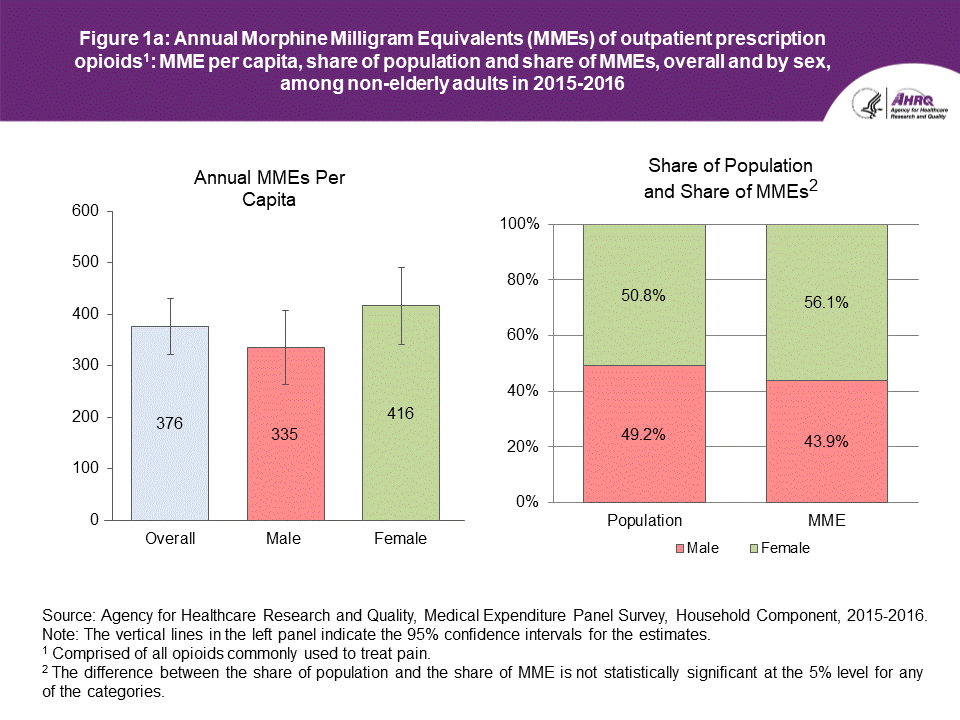 | |||||||||||||||||||||||||
|
|||||||||||||||||||||||||
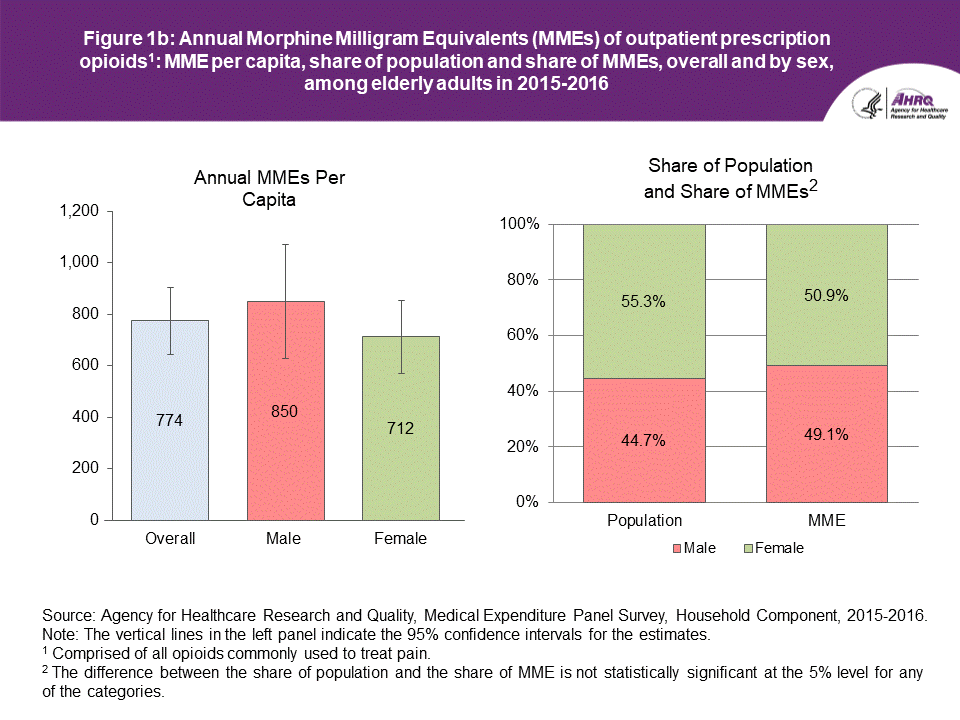 |
|||||||||||||||||||||||||
|
|||||||||||||||||||||||||
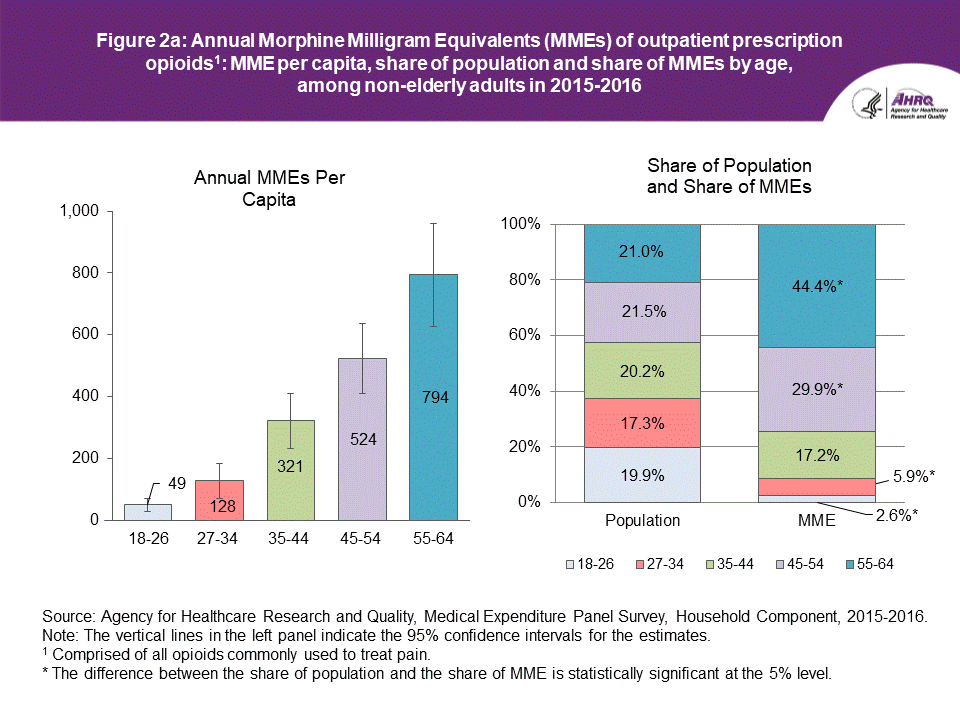 |
|||||||||||||||||||||||||
|
|||||||||||||||||||||||||
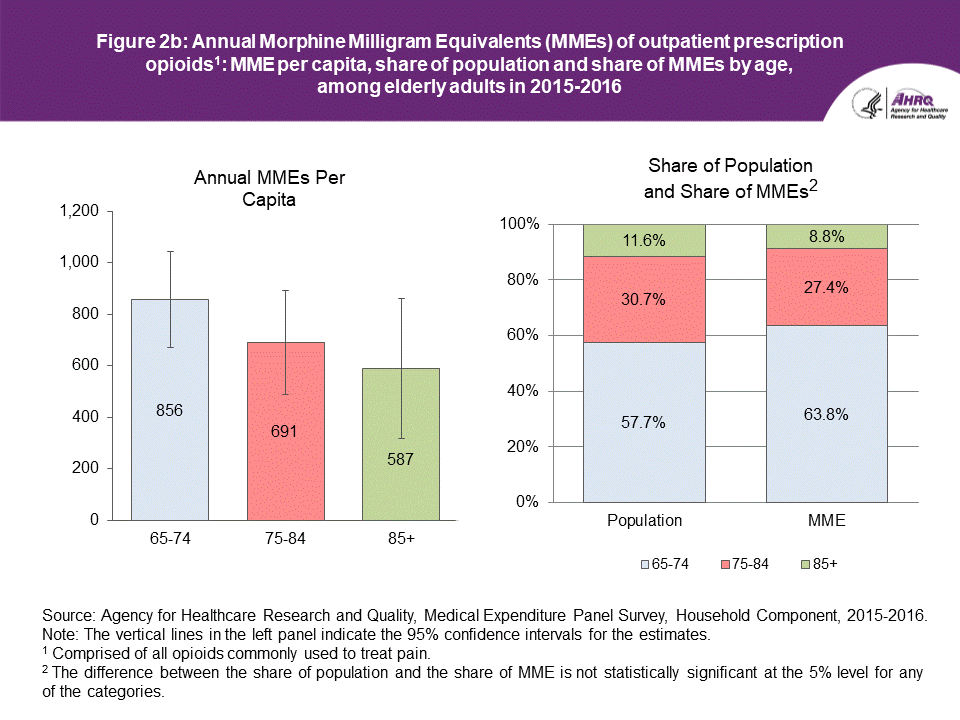 |
|||||||||||||||||||||||||
| |||||||||||||||||||||||||
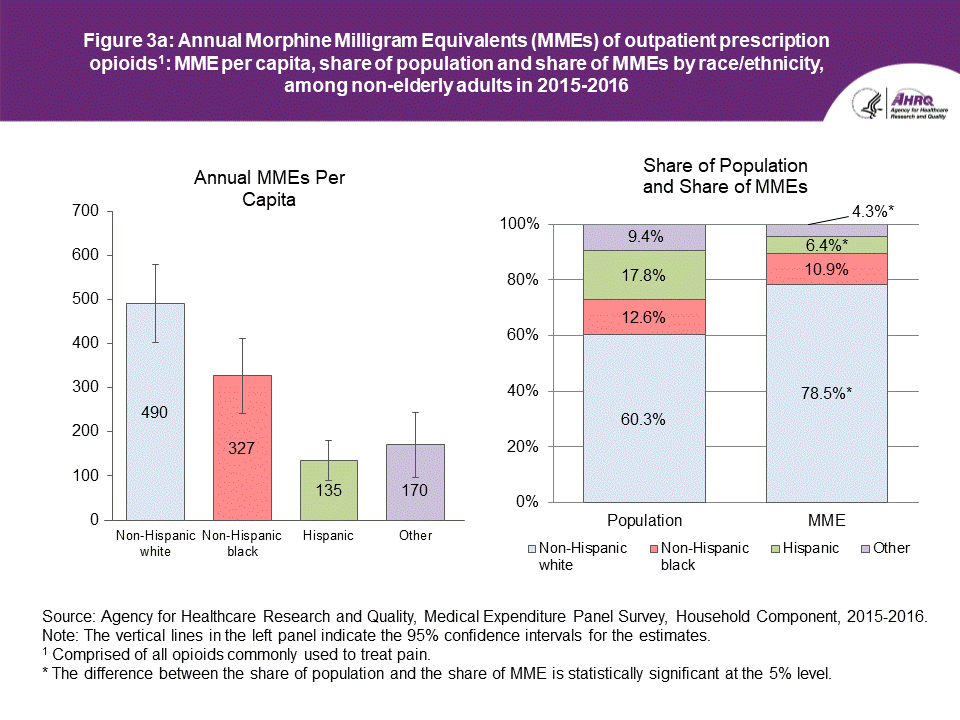 | |||||||||||||||||||||||||
|
|||||||||||||||||||||||||
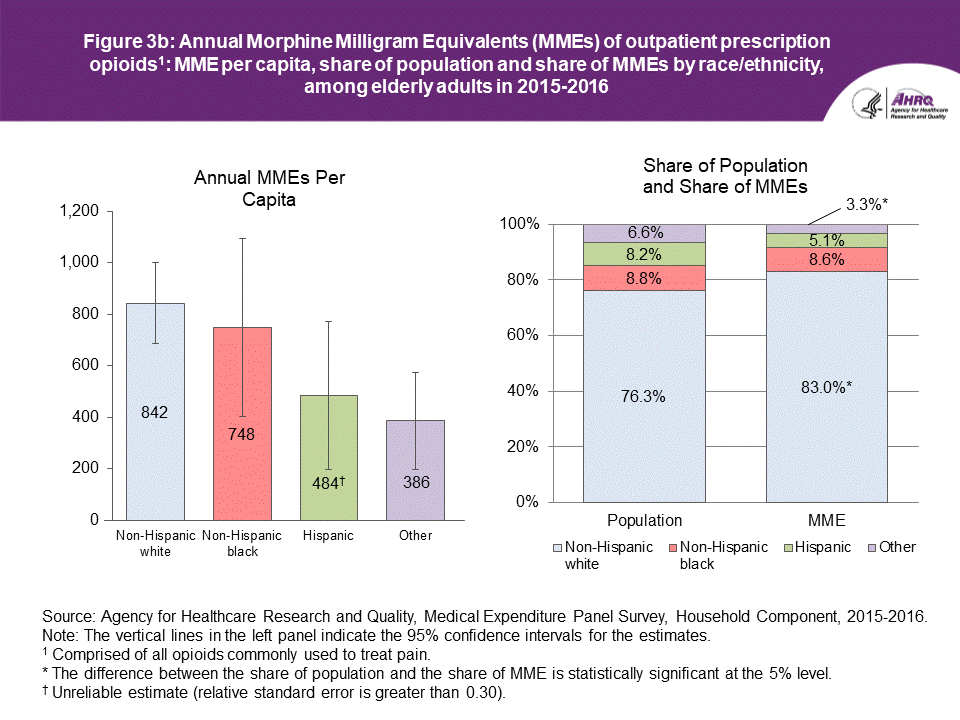 | |||||||||||||||||||||||||
|
|||||||||||||||||||||||||
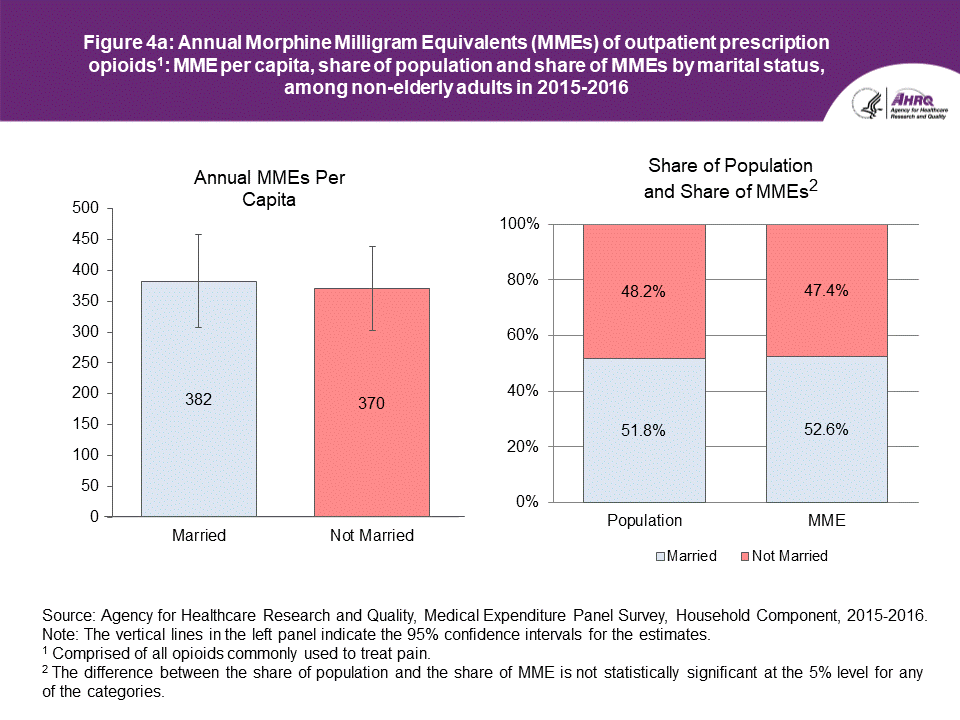 | |||||||||||||||||||||||||
| |||||||||||||||||||||||||
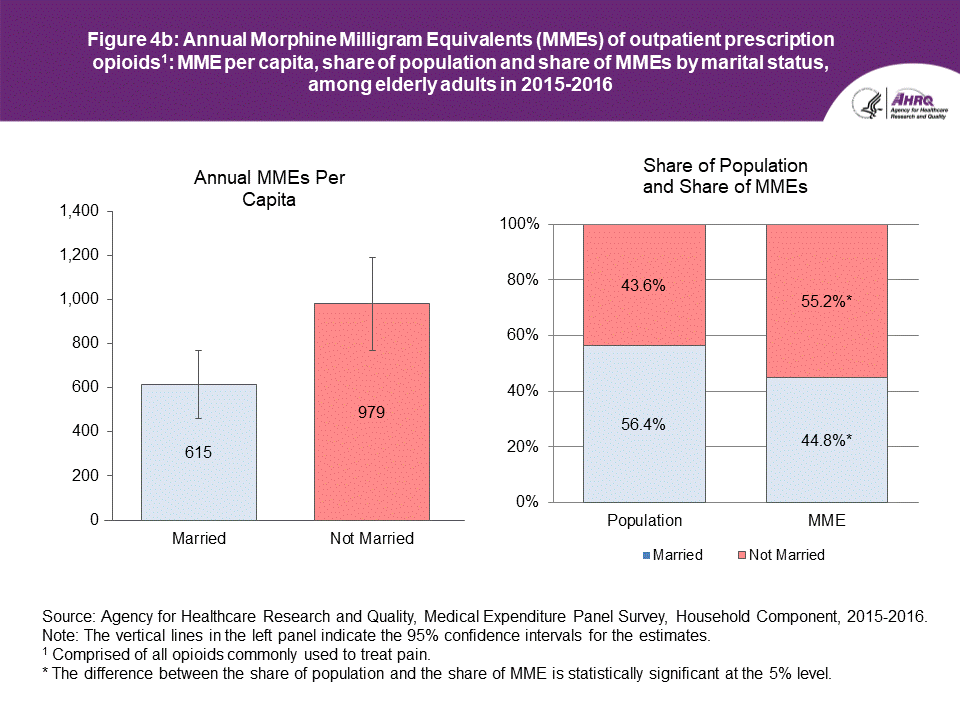 |
|||||||||||||||||||||||||
| |||||||||||||||||||||||||
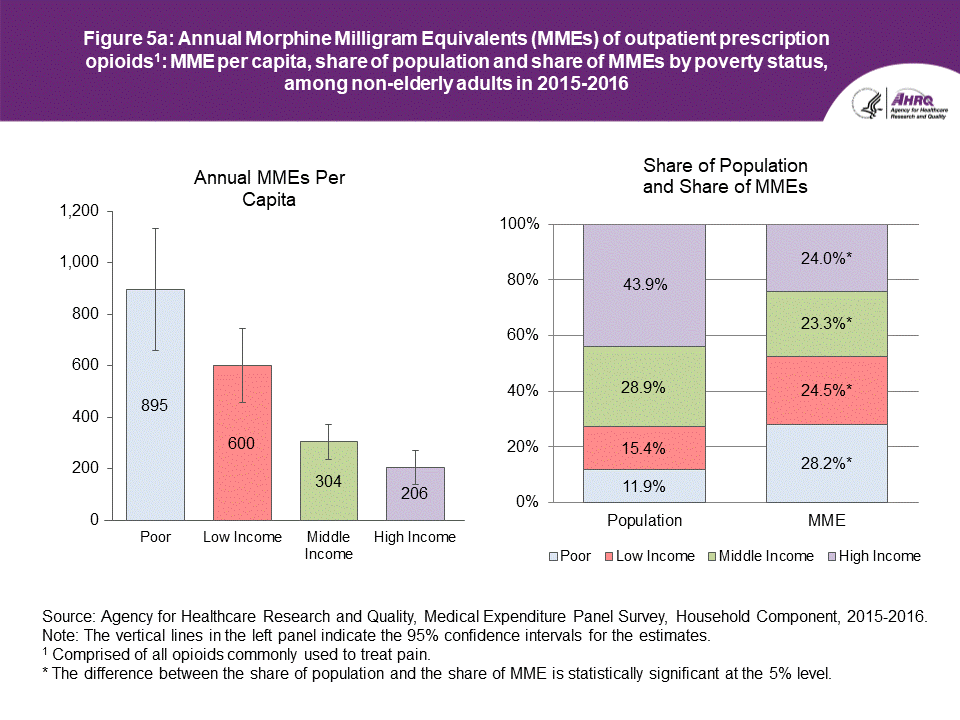 |
|||||||||||||||||||||||||
|
|||||||||||||||||||||||||
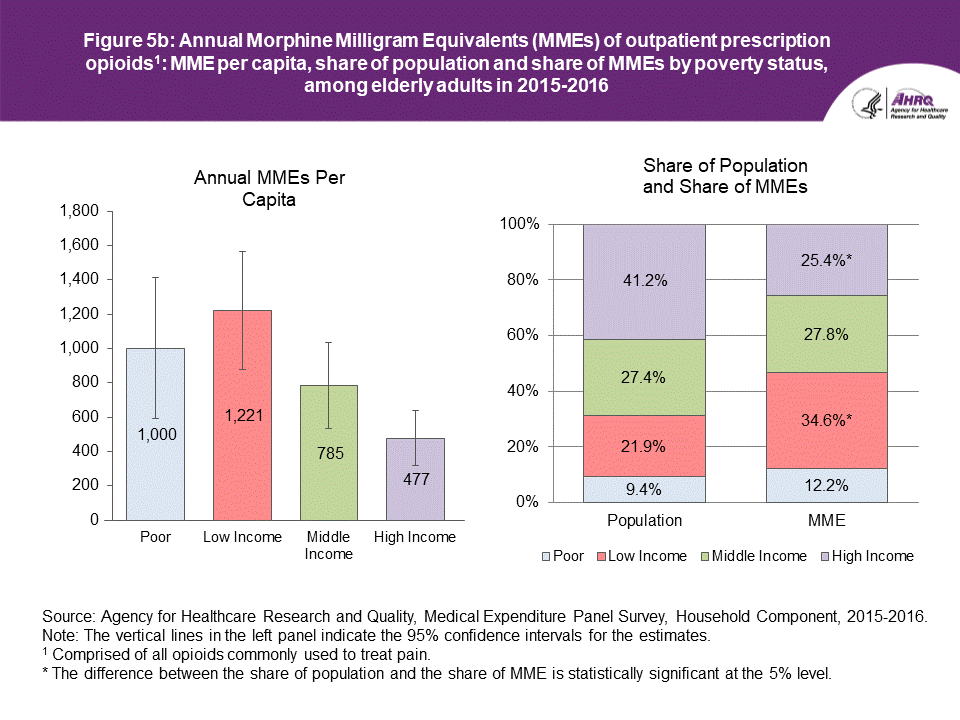 | |||||||||||||||||||||||||
|
|||||||||||||||||||||||||
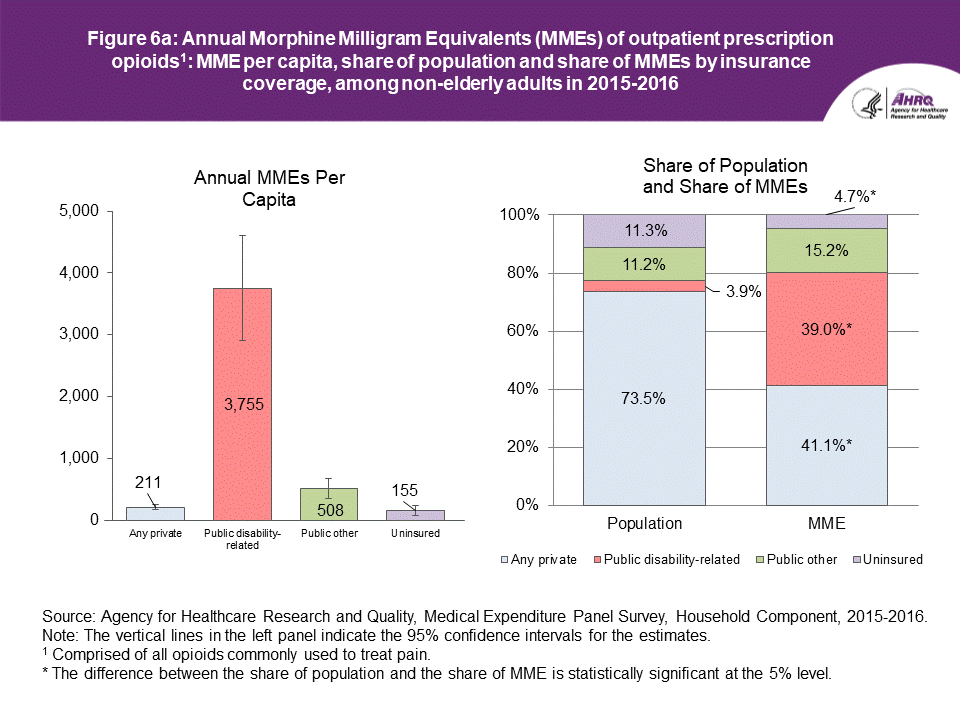 |
|||||||||||||||||||||||||
|
|||||||||||||||||||||||||
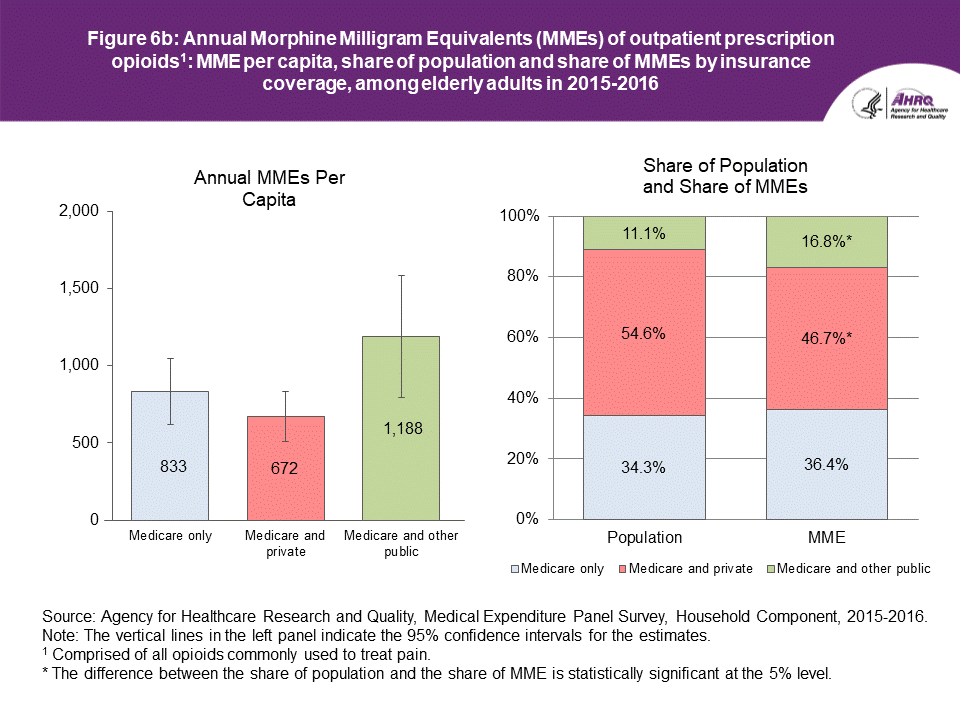 | |||||||||||||||||||||||||
|
|||||||||||||||||||||||||
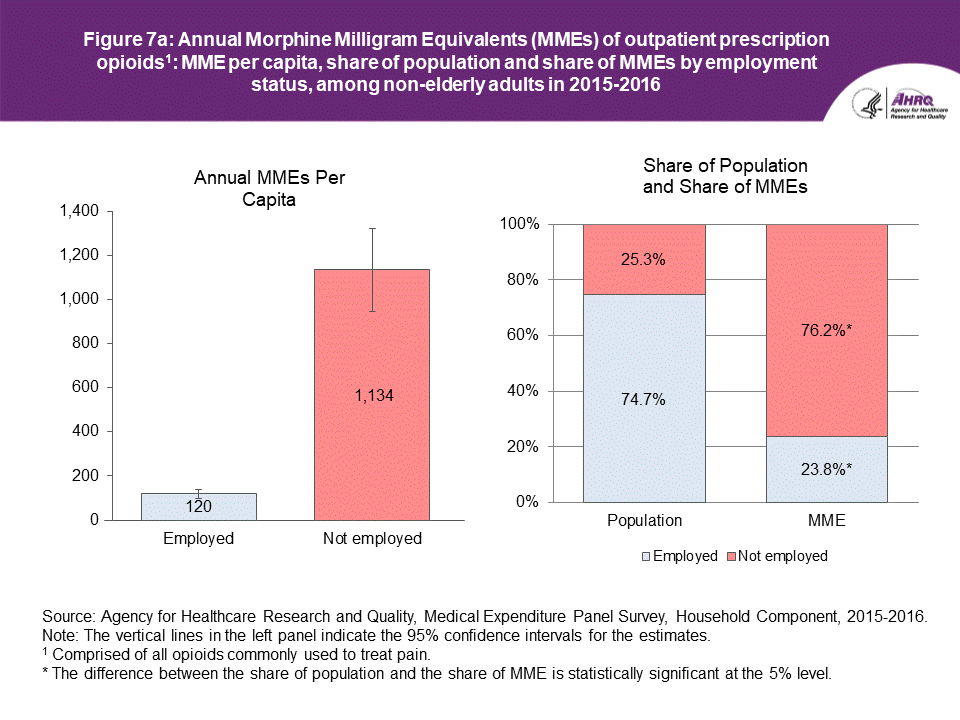 |
|||||||||||||||||||||||||
|
|||||||||||||||||||||||||
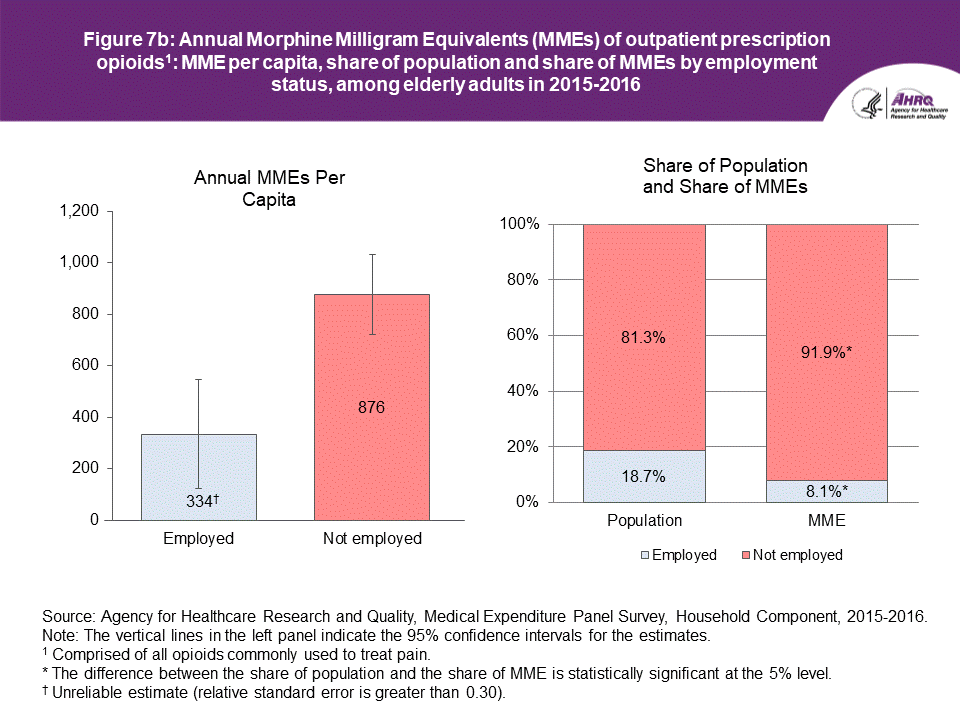 | |||||||||||||||||||||||||
|
|||||||||||||||||||||||||
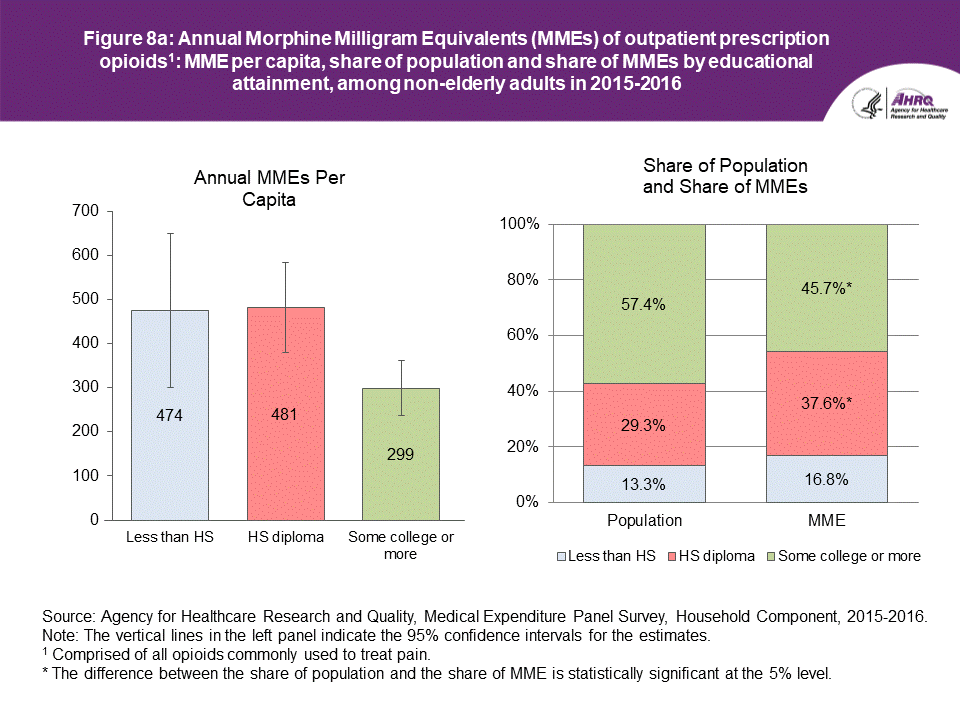 |
|||||||||||||||||||||||||
|
|||||||||||||||||||||||||
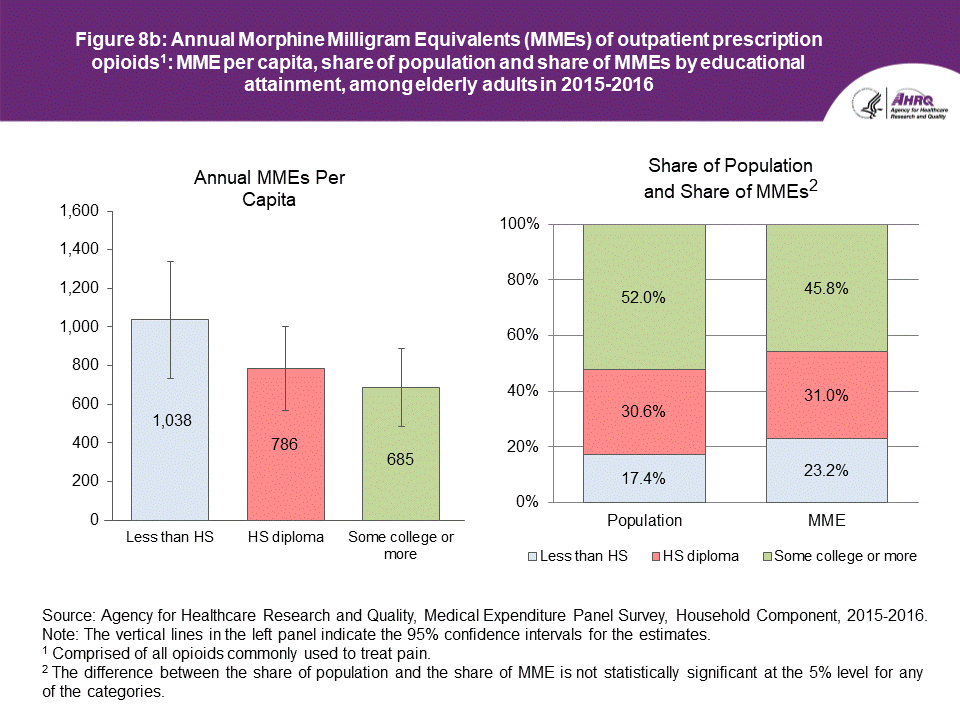 | |||||||||||||||||||||||||
|
|||||||||||||||||||||||||
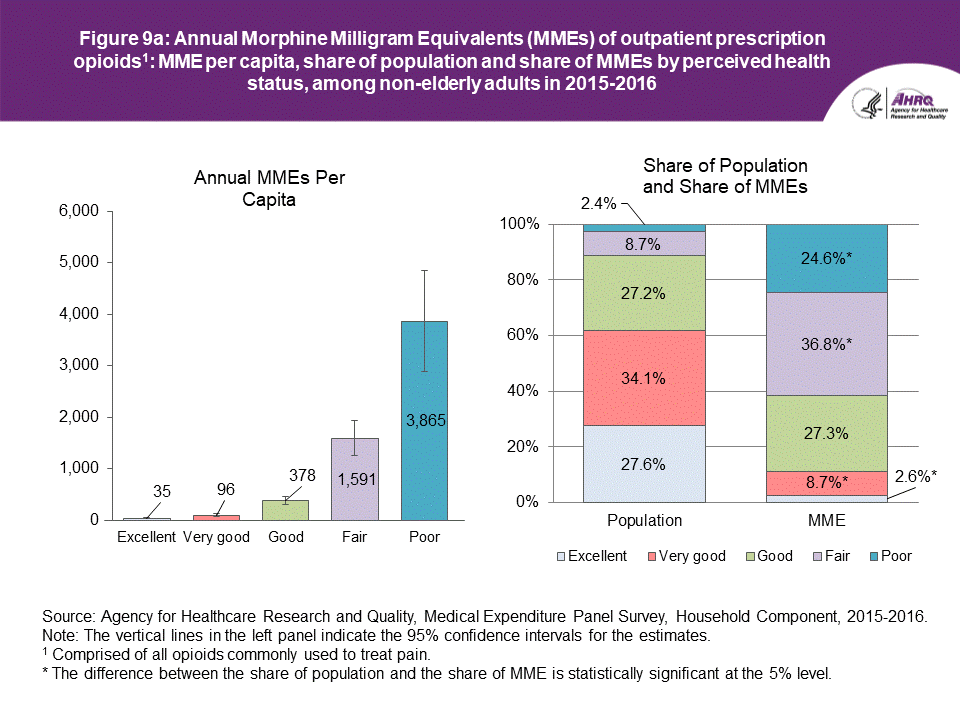 |
|||||||||||||||||||||||||
|
|||||||||||||||||||||||||
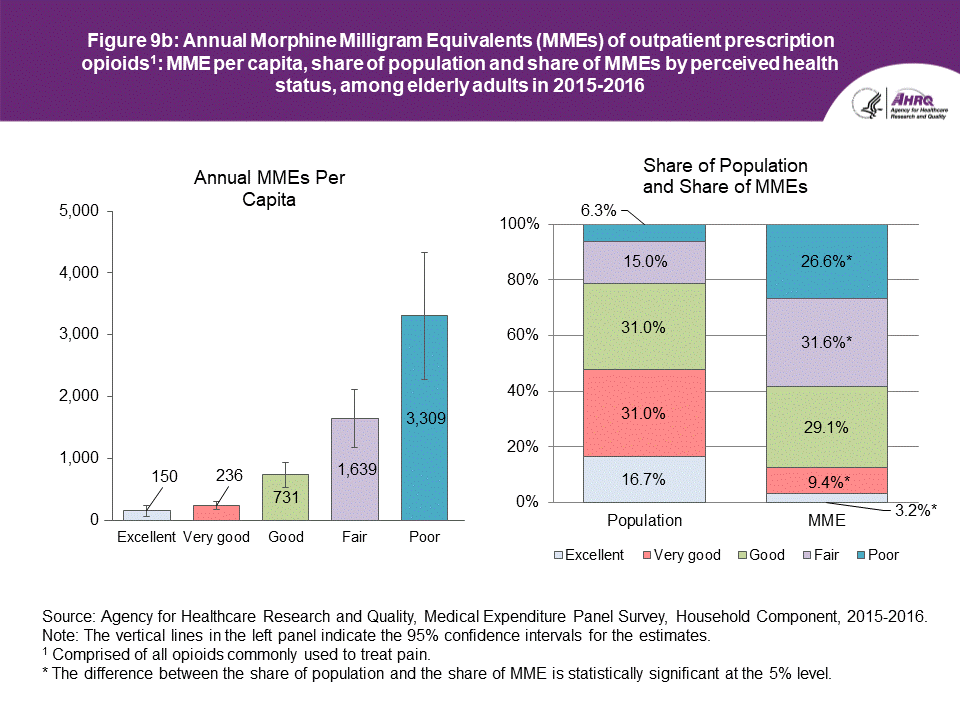 | |||||||||||||||||||||||||
|
|||||||||||||||||||||||||
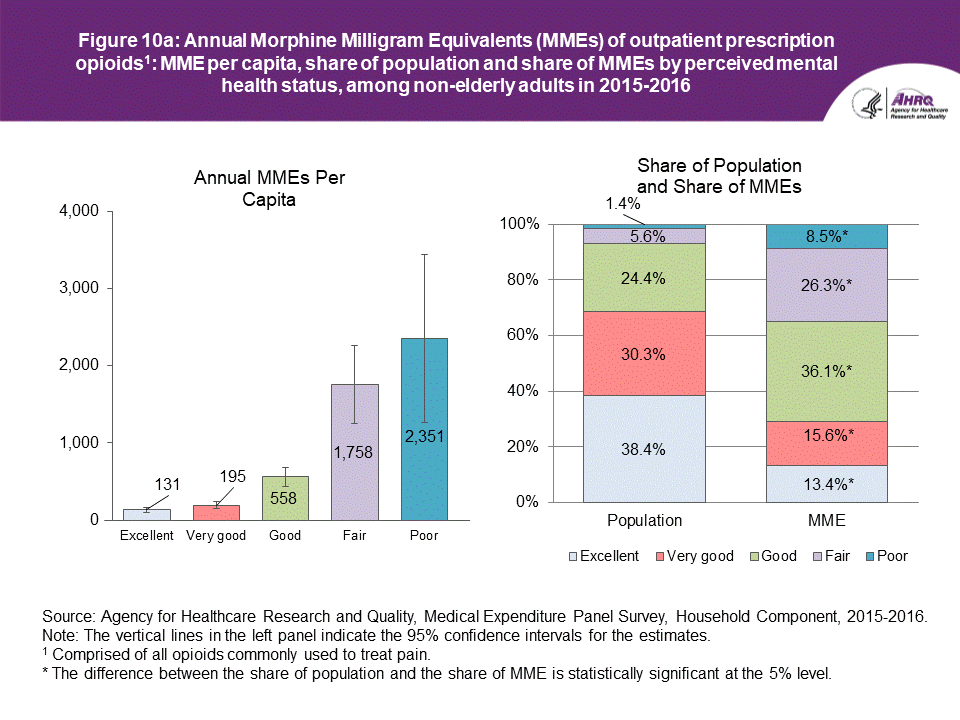 |
|||||||||||||||||||||||||
|
|||||||||||||||||||||||||
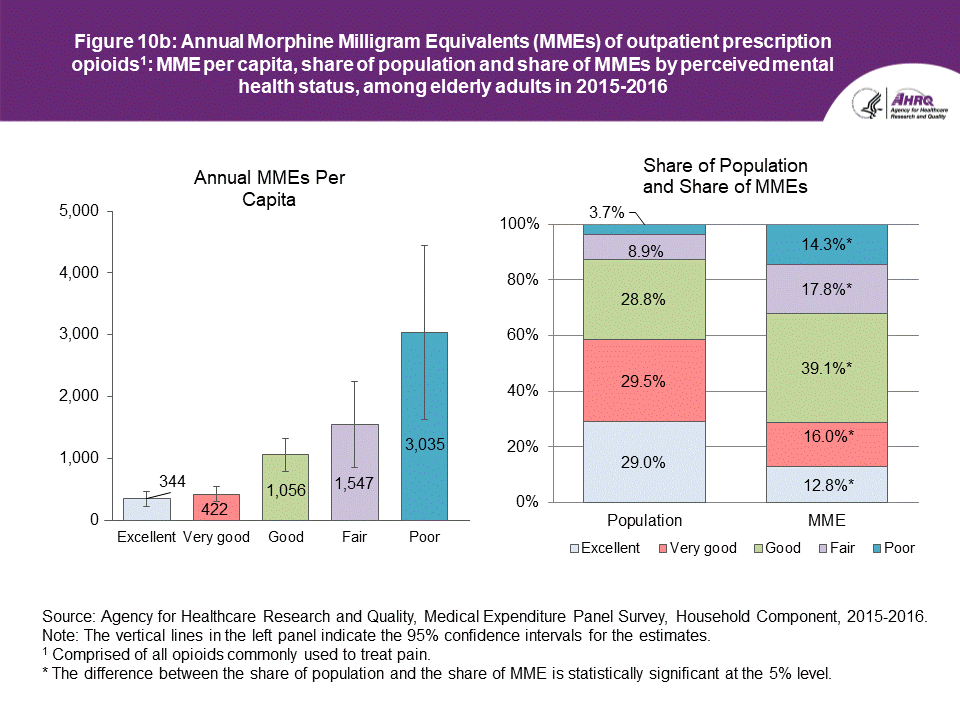 | |||||||||||||||||||||||||
|
|||||||||||||||||||||||||
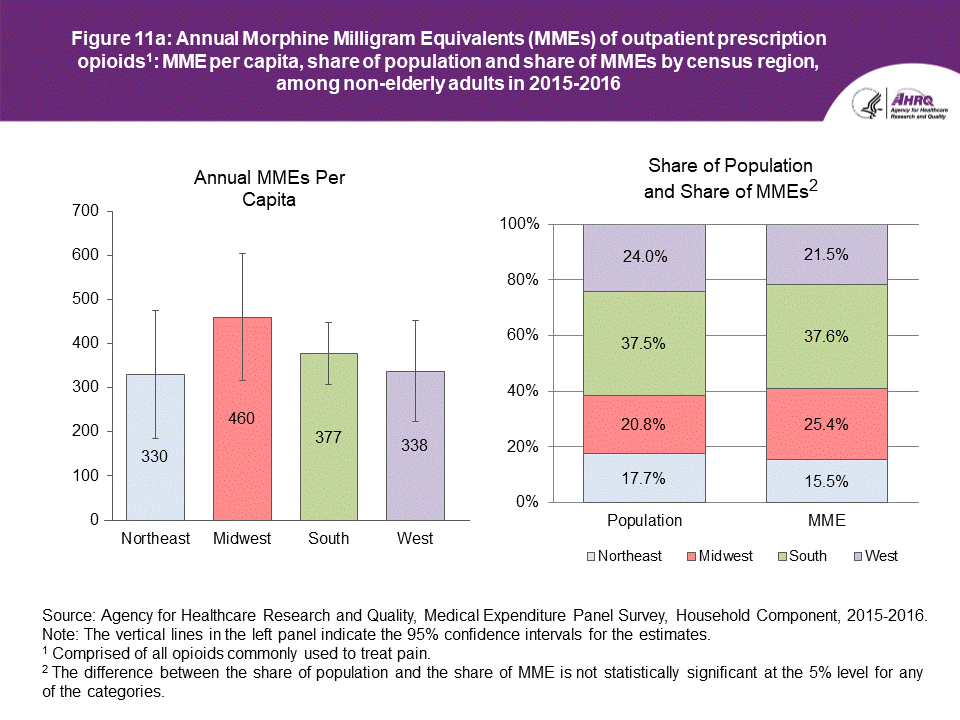 |
|||||||||||||||||||||||||
|
|||||||||||||||||||||||||
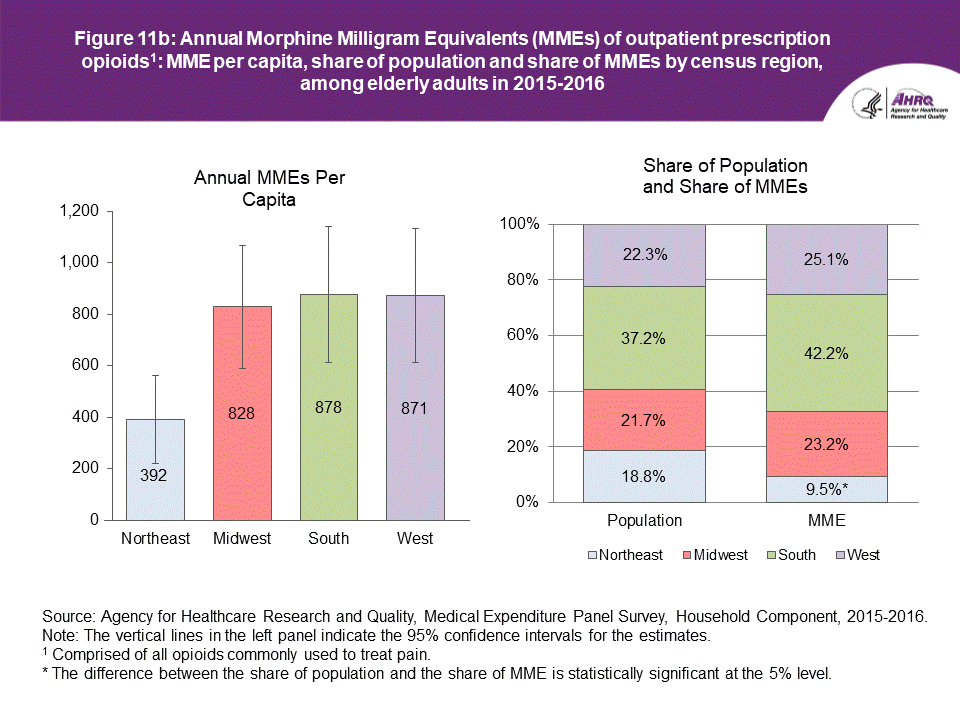 | |||||||||||||||||||||||||
|
|||||||||||||||||||||||||
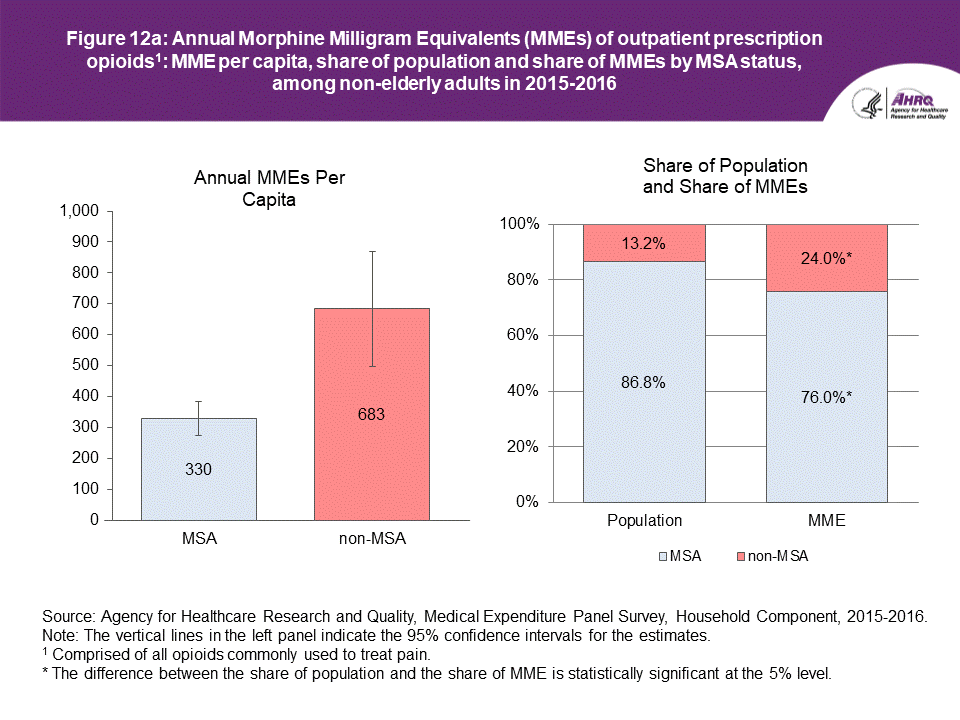 |
|||||||||||||||||||||||||
|
|||||||||||||||||||||||||
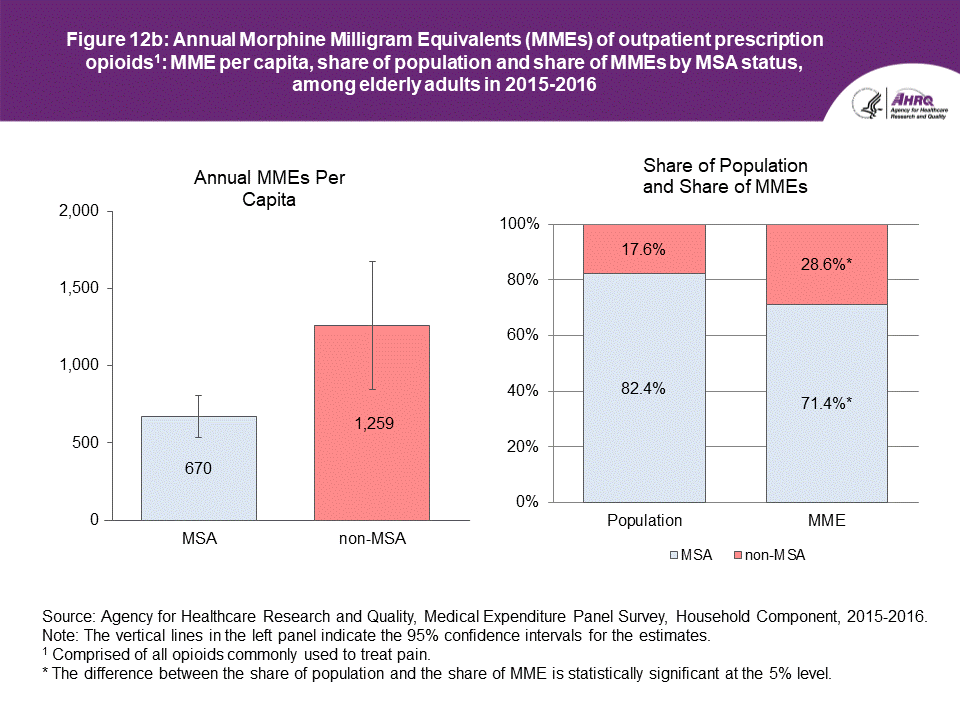 | |||||||||||||||||||||||||
|

|
|
Font Size:
|
||||
|
|
|
|
||||


